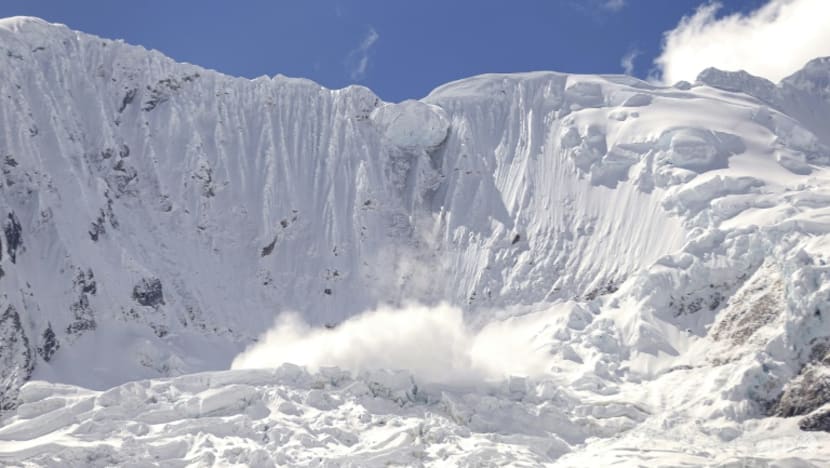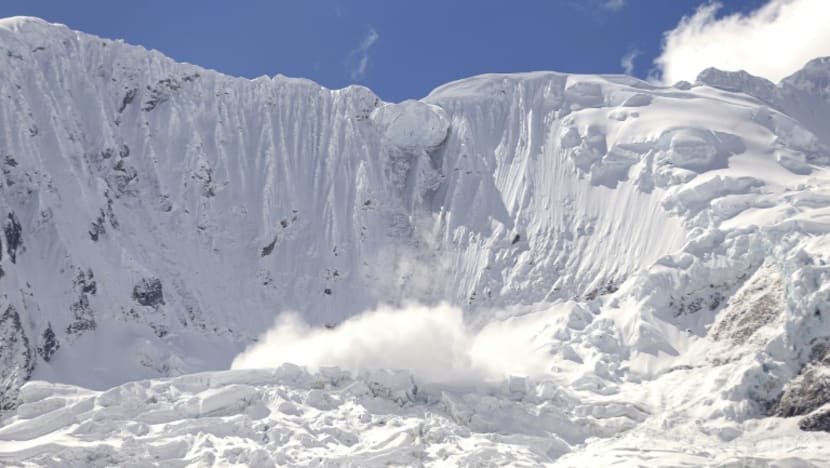
HUARAZ (Peru), May 29 (NNN-AGENCIES) — German judges and experts have arrived at the edge of a melting glacier high up in the Peruvian Andes to examine a complaint made by a local farmer who accuses energy giant RWE of threatening his home by contributing to global warming.
The visit by the nine-member delegation to the region is the latest stage in a case the plaintiffs hope will set a new worldwide precedent.
Leading the demand for “climate justice” is 41-year-old Peruvian farmer Saul Luciano Lliuya, who lives in the mountains close to the city of Huaraz.
He has filed suit against the German firm RWE, saying its greenhouse gas emissions are responsible for the melting of nearby glaciers.
The trip was ordered by the Higher Regional Court in the northern German city of Hamm, where Lliuya submitted his claim against RWE, having previously had his case dismissed by another court in Essen.
The delegation must determine what risk the melting glaciers pose to the city of Huaraz and its 120,000 inhabitants below the Palcacocha glacier.
“We want the RWE company to be held responsible for environmental damages,” Lliuya, a farmer and tourist guide supported by the German environmental NGO Germanwatch, said.
“In general they have polluted all over the world and with this claim we are trying to do something,” added Lliuya.
RWE operates in 27 countries in the world, including Chile and Brazil, but not Peru.
The claim “was rejected in the first instance because it did not have any legal basis and did not respect German civil law,” RWE spokesman Guido Steffen said.
“We are confident this will happen again with the appeal.”
RWE insists that “according to law, individual emitters are not responsible for universal processes, that are effectively global, such as climate change.”
Lliuya and Germanwatch met during the COP20 climate change conference in Lima in 2014, after which the German NGO’s activists traveled to Huaraz to discuss a potential claim in Germany.
Lliuya says his greatest fear is that the melting glaciers result in the Palcacocha lake overflowing.
At an altitude of 4,650m, the huge blue-turquoise lake sits below the Palcaraju and Pucaranra glaciers in the Huascaran national park, and could flood Huaraz below if it bursts its banks.
“As a farmer and citizen I don’t want these glaciers to disappear, they’re important,” said Lliuya.
He is also afraid that a drought in the underground aquifers could threaten local agriculture and Huaraz’s water provisions.
The case against RWE was brought in 2015 and the German company won in the first instance the following year. But in 2017, the court in Hamm agreed to hear the case.
The visit by experts, which was ordered in 2019, was delayed by the COVID-19 pandemic.
Germanwatch and Lliuya want RWE to pay for the costs to protect Huaraz from any eventual flooding.
Peru has lost 51 per cent of its glaciers over the last 50 years, the national water authority said in 2020.
Noah Walker-Crawford, a climate change researcher at University College London (UCL) and Germanwatch analyst, said that 1,800 people died in 1941 when Palcacocha flooded Huaraz due to a glacial avalanche. — NNN-AGENCIES






